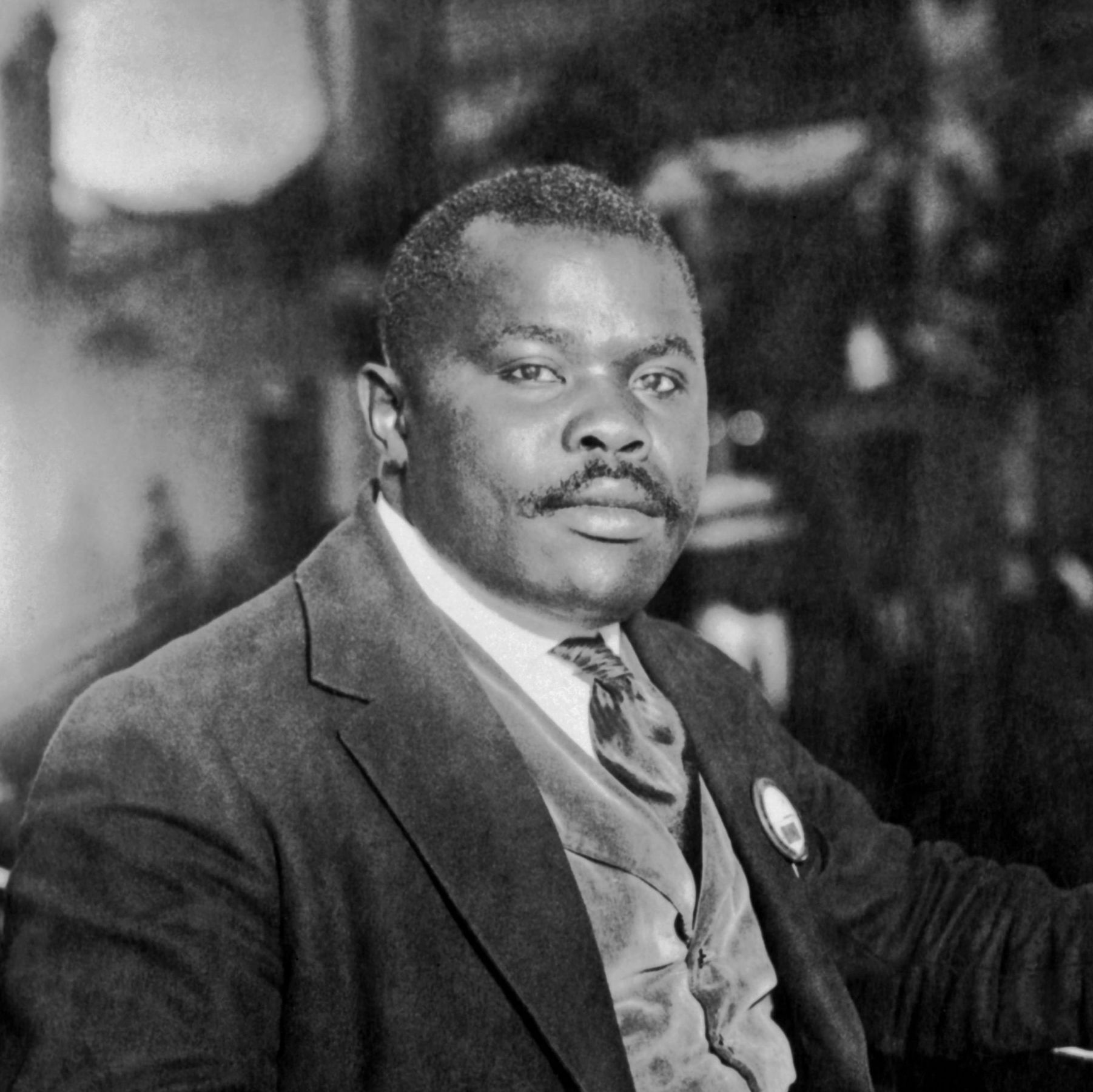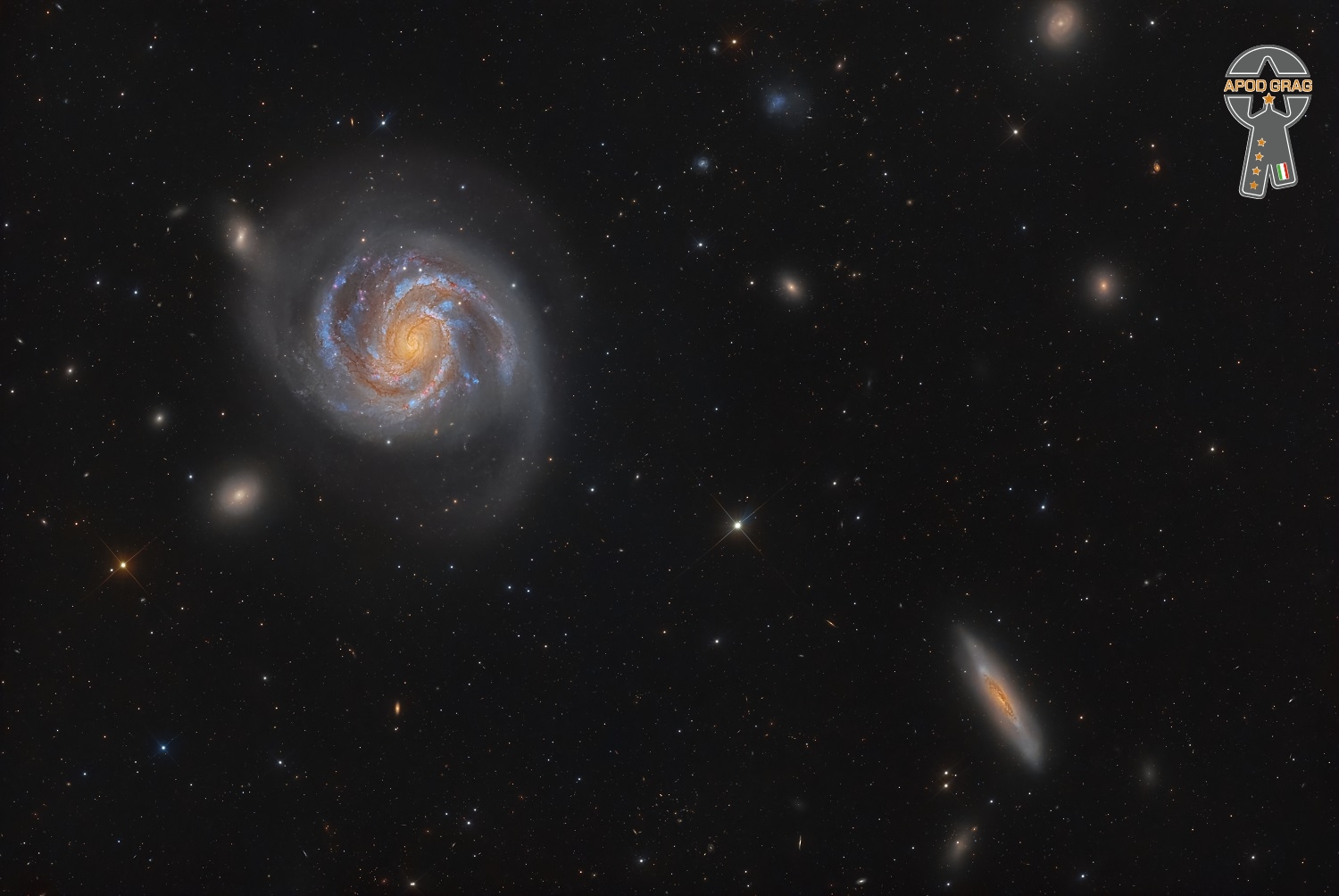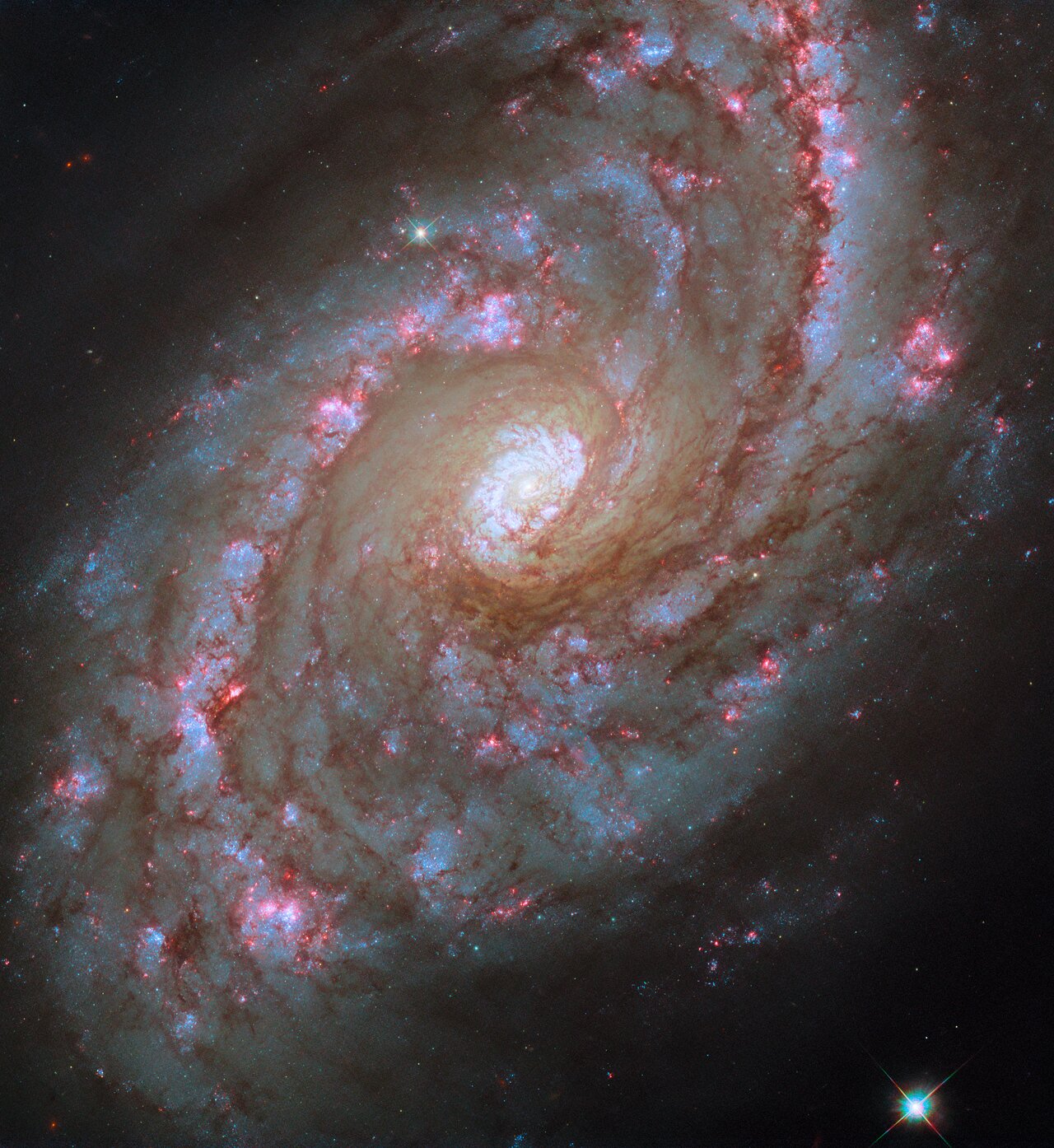Blog
Charles-Camille Saint-Saëns ( 9 October 1835 – 16 December 1921) was a French composer, organist, conductor and pianist of the Romantic era. His best-known works include Introduction and Rondo Capriccioso (1863), the Second Piano Concerto (1868), the First Cello Concerto (1872), Danse macabre (1874), the opera Samson and Delilah (1877), the Third Violin Concerto (1880), the Third (“Organ”) Symphony (1886) and The Carnival of the Animals (1886).
Saint-Saëns was a musical prodigy; he made his concert debut at the age of ten. After studying at the Paris Conservatoire he followed a conventional career as a church organist, first at Saint-Merri, Paris and, from 1858, La Madeleine, the official church of the French Empire. After leaving the post twenty years later, he was a successful freelance pianist and composer, in demand in Europe and the Americas.
As a young man, Saint-Saëns was enthusiastic for the most modern music of the day, particularly that of Schumann, Liszt and Wagner, although his own compositions were generally within a conventional classical tradition. He was a scholar of musical history, and remained committed to the structures worked out by earlier French composers. This brought him into conflict in his later years with composers of the impressionist and expressionist schools of music; although there were neoclassical elements in his music, foreshadowing works by Stravinsky and Les Six, he was often regarded as a reactionary in the decades around the time of his death.
Saint-Saëns held only one teaching post, at the École de Musique Classique et Religieuse in Paris, and remained there for less than five years. It was nevertheless important in the development of French music: his students included Gabriel Fauré, among whose own later pupils was Maurice Ravel. Both of them were strongly influenced by Saint-Saëns, whom they revered as a genius.
more...John Winston Ono Lennon (born John Winston Lennon; 9 October 1940 – 8 December 1980) was an English singer, songwriter and musician. He gained worldwide fame as the founder, co-lead vocalist and rhythm guitarist of the Beatles. His work included music, writing, drawings and film. His songwriting partnership with Paul McCartney remains the most successful in history as the primary songwriters in the Beatles.
Born in Liverpool, Lennon became involved in the skiffle craze as a teenager. In 1956, he formed the Quarrymen, which evolved into the Beatles in 1960. Sometimes called “the smart Beatle”, Lennon initially was the group’s de facto leader, a role he gradually seemed to cede to McCartney. Through his songwriting in the Beatles, he embraced myriad musical influences, initially writing and co-writing rock and pop-oriented hit songs in the band’s early years, then later incorporating experimental elements into his compositions in the latter half of the Beatles’ career as his songs became known for their increasing innovation. Lennon soon expanded his work into other media by participating in numerous films, including How I Won the War, and authoring In His Own Write and A Spaniard in the Works, both collections of nonsense writings and line drawings. Starting with “All You Need Is Love“, his songs were adopted as anthems by the anti-war movement and the larger counterculture of the 1960s. In 1969, he started the Plastic Ono Band with his second wife, multimedia artist Yoko Ono, held the two-week-long anti-war demonstration bed-in for peace, and left the Beatles to embark on a solo career.
Lennon and Ono collaborated on many works, including a trilogy of avant-garde albums and several more films. After the Beatles disbanded, Lennon released his solo debut John Lennon/Plastic Ono Band and the international top-10 singles “Give Peace a Chance“, “Instant Karma!“, “Imagine“, and “Happy Xmas (War Is Over)“. Moving to New York City in 1971, his criticism of the Vietnam War resulted in a three-year deportation attempt by the Nixon administration. Lennon and Ono separated from 1973 to 1975, during which time he produced Harry Nilsson‘s album Pussy Cats. He also had chart-topping collaborations with Elton John (“Whatever Gets You thru the Night“) and David Bowie (“Fame“). Following a five-year hiatus, Lennon returned to music in 1980 with the Ono collaboration Double Fantasy. He was murdered by Mark David Chapman, three weeks after the album’s release.
As a performer, writer or co-writer, Lennon had 25 number-one singles in the Billboard Hot 100 chart. Double Fantasy, his second-best-selling non-Beatles album, won the 1981 Grammy Award for Album of the Year. That year, he won the Brit Award for Outstanding Contribution to Music. In 2002, Lennon was voted eighth in a BBC history poll of the 100 Greatest Britons. Rolling Stone ranked him the fifth-greatest singer and 38th greatest artist of all time. He was inducted into the Songwriters Hall of Fame (in 1997) and the Rock and Roll Hall of Fame (twice, as a member of the Beatles in 1988 and as a solo artist in 1994).
more...Abdullah Ibrahim, previously known as Dollar Brand, is a South African pianist and composer born Adolph Johannes Brand on 9 October 1934. His music reflects many of the musical influences of his childhood in the multicultural port areas of Cape Town, ranging from traditional African songs to the gospelof the AME Church and Ragas, to more modern jazz and other Western styles. Ibrahim is considered the leading figure in the subgenre of Cape jazz. Within jazz, his music particularly reflects the influence of Thelonious Monk and Duke Ellington. He is known especially for “Mannenberg“, a jazz piece that became a notable anti-apartheid anthem.
During the apartheid era in the 1960s, Ibrahim moved to New York City and, apart from a brief return to South Africa in the 1970s, remained in exile until the early 1990s. Over the decades, he has toured the world extensively, appearing at major venues either as a solo artist or playing with other renowned musicians, including Max Roach, Carlos Ward and Randy Weston, as well as collaborating with classical orchestras in Europe.
With his wife, the jazz singer Sathima Bea Benjamin, Ibrahim is father to two children, including the New York underground rapper Jean Grae.
more...Yusef Abdul Lateef (born William Emanuel Huddleston; October 9, 1920 – December 23, 2013 Chattanooga, TN) was an American jazz multi-instrumentalist, composer, and prominent figure among the Ahmadiyya Community in the United States.
Although Lateef’s main instruments were the tenor saxophone and flute, he also played oboe and bassoon, both rare in jazz, and non-western instruments such as the bamboo flute, shanai, shofar, xun, arghul and koto. He is known for having been an innovator in the blending of jazz with “Eastern” music. Peter Keepnews, in his New York Times obituary of Lateef, wrote that the musician “played world music before world music had a name”.
Lateef’s books included two novellas titled A Night in the Garden of Love and Another Avenue, the short story collections Spheres and Rain Shapes, and his autobiography, The Gentle Giant, written in collaboration with Herb Boyd. Along with his record label YAL Records, Lateef owned Fana Music, a music publishing company. He published his own work through Fana, including Yusef Lateef’s Flute Book of the Blues and many of his orchestral compositions.
more...“Never forget that intelligence rules the world and ignorance carries the burden. Therefore, remove yourself as far as possible from ignorance and seek as far as possible to be intelligent.”
Marcus Garvey

The M100 galaxy, cataloged as Messier 100 and NGC 4321, is one of the most impressive and widely studied spiral galaxies in the sky. Located in the Berenice’s Hair constellation, approximately 53 million light years from us,
M100 is an important part of a large group of galaxies located in our cosmic neighborhood : Virgo cluster.
M100 is listed as a spiral galaxy, implying that it has well-defined and symmetrical spiral arms that move out from its central core. With a diameter of approximately 160,000 years light, this galaxy is considered one of the largest and most luminous in the Virgo cluster, making it larger than our Milky Way.
Its spiral arms are home to around 100 billion stars, with magnificent young massive blue stars, gaseous nebulae and dust clouds.
The arms are places where star formation is very active, supported by the vast reserves of gas present in the galaxy.
M100 is also notable for the large number of supernovae that have been observed within it. Over the past century, five supernovae have been observed, the most recent of which is SN 2006X, a Type Ia supernova, which was discovered in February 2006. Astronomers are very interested in Type Ia supernovae because they are a standard for measuring cosmic distances, which contributes to the study of the expansion of the universe.
Just like most spiral galaxies, M100 has an active galactic core that could host a supermassive black hole. Its rotation has been carefully studied to understand the distribution of dark matter in the galaxy.
Astronomers have discovered that the outer parts of the galaxy rotate at a faster rate than visible matter alone could explain, providing further evidence for the presence of dark matter.
We can observe several galaxies and cosmic objects in our image,
in particular the famous galaxy NGC 4312. It is a spiral galaxy of type SA(rs)bc, distant about 55 million light years from Earth. She too is a member of the Virgo cluster.
Compared to other spiral galaxies, NGC 4312 is distinguished by its inclination, offering an almost “edge-on” view, which makes the observation of its spiral structure more delicate.
NGC 4312 spans about 45,000 light years, making it a relatively small galaxy compared to M100.

James Hamish Stuart (born 8 October 1949) is a Scottish guitarist, bassist, singer, composer and record producer. He was an original member of the Average White Band. Born in Glasgow, Scotland, Stuart attended Queens Park School in Glasgow and left to form his first professional band ‘The Dream Police’.
He recorded a couple of singles with the Dream Police before he was invited to join the recently-formed Average White Band (AWB) in June 1972.
A member of AWB from 1972 to 1982, he went on to work with Aretha Franklin, Chaka Khan, and David Sanborn.
He wrote Atlantic Starr‘s 1986 hit “If Your Heart Isn’t in It” and songs for Smokey Robinson, Jeffrey Osborne, George Benson, and Diana Ross.
more...Owen Joseph “Sonny” Igoe (October 8, 1923 – March 28, 2012) was an American jazz drummer and music educator who, toured with the orchestras of Tommy Reed (1913–2012), Les Elgart, Ina Ray Hutton, Benny Goodman, and Woody Herman from the mid-1940s to the mid-1950s.
From the mid-1940s to 1988, he performed on over 79 recordings with bands and artists, including The Buddy Stewart (1922–1950) Quintet, Benny Goodman and His Orchestra, Woody Herman and His Orchestra, Frances Wayne with Neal Hefti and His Orchestra, Rita Moss with the George WilliamsOrchestra, Charlie Ventura, Tony Bennett, Billy Maxted and His Manhattan Jazz Band, The Chuck WayneQuintet, The Don Elliott Quintet, Joe Wilder, Phil Napoleon and His Original Memphis Five, Sammy Spear (né Samuel Shapiro; 1909–1975), Pee Wee Erwin, Joe Williams, Marlene Ver Planck (born 1933), Savina (Savina J. Hartwell; 1926–1992), Dick Meldonian (né Richard Anthony Meldonian; born 1930), and Doctor Billy Dodd.
more...Park Frederick “Pepper” Adams III (October 8, 1930 – September 10, 1986 Highland Park, MI) was an American jazzbaritone saxophonist and composer. He composed 42 pieces, was the leader on eighteen albums spanning 28 years, and participated in 600 sessions as a sideman. He worked with an array of musicians, and had especially fruitful collaborations with trumpeter Donald Byrd and as a member of the Thad Jones/Mel Lewis Big Band. At age 16, Adams and his mother moved to Detroit, where he soon began playing with Willie Wells, who he had heard play for Fletcher Henderson, Fats Navarro, Tommy Flanagan, and Willie Anderson. He had received casual instruction from Wardell Gray and Billy Mitchell, and played with a group led by Little John Wilson as well. Through the employee discount from his job at Grinnell’s, a music store in Detroit, Adams purchased what would become his main instrument: the baritone saxophone. He initially purchased a used Bundy baritone saxophone, but later traded it in for a new Selmer ‘Balanced Action’ E-flat baritone in 1948, which he used until 1978. This switch proved to be successful, as he was soon playing in Lucky Thompson‘s band. In Detroit, Adams also met several jazz musicians who would become future performing partners, including trumpeter Donald Byrd. He attended Wayne State University. Adams became interested in Wardell Gray’s approach to the saxophone, later naming Gray and Harry Carney as his influences. He spent time in a United States Army band, and briefly had a tour of duty in Korea.
more...
The sparkling scene depicted in this week’s Hubble Picture of the Week is of the spiral galaxy NGC 5248, located 42 million light-years from Earth in the constellation Boötes. It is also known as Caldwell 45, having been included in a catalogue of visually interesting celestial objects that were known, but weren’t as commonly observed by amateur astronomers as the more famous Messier objects.
NGC 5248 is one of the so-called ‘grand design’ spirals, with prominent spiral arms that reach from near the core out through the disc. It also has a faint bar structure in the centre, between the inner ends of the spiral arms, which is not quite so obvious in this visible-light portrait from Hubble. Features like these which break the rotational symmetry of a galaxy have a huge influence on how matter moves through it, and eventually its evolution through time. They feed gas from a galaxy’s outer reaches to inner star-forming regions, and even to a galaxy’s central black hole where it can kick-start an active galactic nucleus.
These flows of gas have shaped NGC 5248 in a big way; it has many bright ‘starburst regions’ of intense star formation spread across its disc, and it is dominated by a population of young stars. The galaxy even has two very active, ring-shaped starburst regions around its nucleus, filled with young clusters of stars. These ‘nuclear rings’ are remarkable enough, but normally a nuclear ring tends to block gas from getting further into the core of a galaxy. NGC 5248 having a second ring inside the first is a marker of just how forceful its flows of matter and energy are! Its relatively nearby, highly visible starburst regions make the galaxy a target for professional and amateur astronomers alike.

Yo-Yo Ma (born October 7, 1955) is an American cellist. Born to and partially raised by Chinese parents in Paris and educated in New York City, he was a child prodigy, performing from the age of four and a half. He graduated from the Juilliard School and Harvard University, attended Columbia University, and has performed as a soloist with orchestras around the world. He has recorded more than 92 albums and received 19 Grammy Awards.
In addition to recordings of the standard classical repertoire, Ma has recorded a wide variety of folk music, such as American bluegrass music, traditional Chinese melodies, the tangos of Argentine composer Astor Piazzolla, and Brazilian music. He has also collaborated with artists from a diverse range of genres, including Bobby McFerrin, Carlos Santana, Chris Botti, Diana Krall, James Taylor, Miley Cyrus, and Sting.
Ma has been a United Nations Messenger of Peace since 2006. He has received numerous awards, including the Avery Fisher Prize in 1978, The Glenn Gould Prize in 1999, the National Medal of Arts in 2001, the Presidential Medal of Freedom in 2011, Kennedy Center Honors in 2011, the Polar Music Prizein 2012, and the Birgit Nilsson Prize in 2022. He was named as one of Time‘s 100 Most Influential People of 2020.
Ma’s primary performance instrument is the Davidov cello, made in 1712 by Antonio Stradivari.
more...Mel Brown (October 7, 1939 – March 20, 2009) was an American-born blues guitarist and singer. He is best remembered for his decade-long backing of Bobby Bland, although in his own right Brown recorded over a dozen albums between 1967 and 2006.
Brown was born in Jackson, Mississippi, United States, and was presented with his first guitar as a teenager while recovering from a bout of meningitis. By 1955, after performing backing duties for both Sonny Boy Williamson II and Jimmy Beasley, Brown had a two year long stint backing Johnny Otis. This led to work with Etta James, where he swapped his Gibson Les Paul for an ES-175 to give him a richer and fuller tone to his guitar work, that set him apart from his contemporaries.
The stress of constant touring led him to Los Angeles, California, to resume work with Otis, spending an extended residency at the Club Sands. Further session duties saw Brown back Bobby Darin and Bill Cosbyamong others, as well as performing on T-Bone Walker‘s Funky Town. ABC Records producer Bob Thiele offered Brown the chance to record his own material, and Brown released Chicken Fat in 1967. Though principally a blues musician, Brown would also transition into jazz and soul jazz through his association with Bob Thiele, including a prominent role with the Oliver Nelson Big Band and appearing on Live from Los Angeles (released by Impulse!).
more...
Larry Young (also known as Khalid Yasin [Abdul Aziz]; October 7, 1940 – March 30, 1978) was an American jazz organist and occasional pianist. Young’s early work was strongly influenced by the soul jazzof Jimmy Smith, but he later pioneered a more experimental, modal approach to the Hammond B-3. Born and raised in Newark, New Jersey, United States, Young attended Newark Arts High School, where he began performing with a vocal group and a jazz band. He was also the cousin of the drummer Jimmie Smith.
Young played with various R&B bands in the 1950s, before gaining jazz experience with Jimmy Forrest, Lou Donaldson, Kenny Dorham, Hank Mobley and Tommy Turrentine. Recording as a leader for Prestigefrom 1960, Young made a number of soul jazz discs, Testifying, Young Blues and Groove Street. When Young signed with Blue Note around 1964, his music began to show the marked influence of John Coltrane. In this period, he produced his most enduring work. He recorded several times as part of a trio with guitarist Grant Green and drummer Elvin Jones, who were occasionally augmented by additional players. Most of these albums were released under Green’s name, though Into Somethin’ (with Sam Riverson saxophone) became Young’s Blue Note debut. Unity, recorded in 1965, remains his best-known album; it features a front line of Joe Henderson and the young Woody Shaw. Subsequent albums for Blue Note (Contrasts, Of Love and Peace, Heaven On Earth, Mother Ship) also drew on elements of the 1960s avant-garde and utilised local musicians from Young’s hometown of Newark. Young then became a part of some of the earliest fusion groups: first on Emergency! with the Tony Williams Lifetime (with Tony Williams and John McLaughlin) and also on Miles Davis‘s Bitches Brew. His sound with Lifetime was made distinctive by his often very percussive approach and regular heavy use of guitar and synthesizer-like effects. He is also known for a jam he recorded with rock guitarist Jimi Hendrix, which was released after Hendrix’s death on the album, Nine to the Universe.
In March 1978, he checked into a hospital for stomach pains. He died there on March 30, 1978, while being treated for what is said to be pneumonia.However, the actual cause of his death is unclear.
more...Jonathan David Samuel Jones (October 7, 1911 – September 3, 1985) was an American jazz drummer. A band leader and pioneer in jazz percussion, Jones anchored the Count Basie Orchestra rhythm section from 1934 to 1948. He was sometimes known as Papa Jo Jones to distinguish him from younger drummer Philly Joe Jones. Born in Chicago, Illinois, United States, Jones moved to Alabama, where he learned to play several instruments, including saxophone, piano, and drums. He worked as a drummer and tap-dancer at carnival shows until joining Walter Page‘s band, the Blue Devils in Oklahoma City in the late 1920s. He recorded with trumpeter Lloyd Hunter‘s Serenaders in 1931, and later joined pianist Count Basie‘s band in 1934. Jones, Basie, guitarist Freddie Green and bassist Walter Page were sometimes billed as an “All-American Rhythm section,” an ideal team. Jones took a brief break for two years when he was in the military, but he remained with Basie until 1948. He participated in the Jazz at the Philharmonic concert series.
He was one of the first drummers to promote the use of brushes on drums, and shifting the role of timekeeping from the bass drum to the hi-hat cymbal. Jones had a major influence on later drummers such as Buddy Rich, Kenny Clarke, Roy Haynes, Max Roach, and Louie Bellson. He also starred in several films, most notably the musical short Jammin’ the Blues (1944).
more...More Posts
- Shirley Horn Day
- Little Walter Day
- Ira Sullivan Day
- World Music with Romano Drom
- Daily Roots with Cedric Congo Myton
- The Cosmos with Abell 1656
- Percy Heath Day
- Reverend Gary Davis Day
- World Fusion with Les Moines Bouddhistes
- Daily Roots with the Gladiators
- The Cosmos with N11
- Ray Barretto Day
- Toots Thielemans Day
- Duke Ellington Day
- World Music with Taína Asili
- Daily Roots with the Gladiators
- Dumbeck-Riqq Teaching Collection
- The Cosmos with M96
- Mickey Tucker Day
- John Tchicai Day
